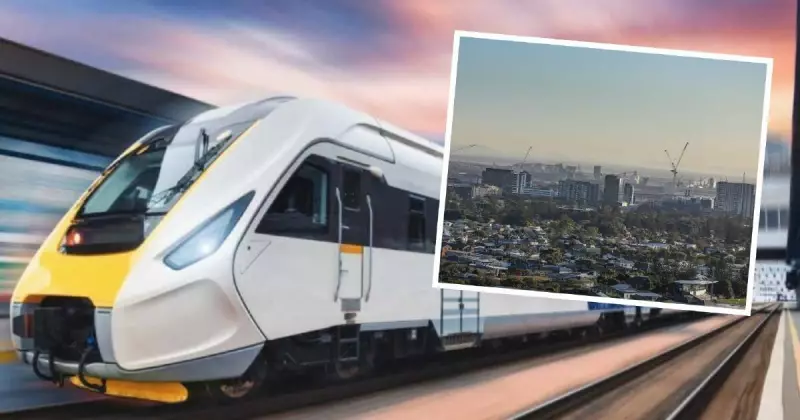
High-Speed Rail Promises Housing Relief for Hunter Region
Infrastructure Australia has expressed cautious optimism about the potential for high-speed rail to alleviate the Hunter region's housing stress, while emphasising that significant work remains to turn projections into reality. The independent advisory body's evaluation of the High Speed Rail Authority's business case identified the need for further analysis on how housing objectives could be achieved.
Ambitious Housing Targets Face Practical Challenges
The business case reportedly anticipates 46,000 additional households resulting from improved accessibility between Newcastle and Sydney through high-speed rail. However, Infrastructure Australia has raised concerns about the capacity to deliver this predicted housing given current labour and resource constraints across the construction industry.
Interestingly, the analysis suggests only about five per cent of people would switch from car travel to the high-speed train service, indicating that while the project may create new housing opportunities, it's unlikely to dramatically reduce road congestion.
Industry Leaders See Long-Term Potential
Business Hunter CEO Bob Hawes described housing as likely being a long-term cumulative outcome of the project, particularly as urban services develop around station locations. "These things have a very slow start, but once people see the generative capacity of what a community can support, they take off," Mr Hawes commented.
He specifically highlighted the Lake Macquarie stop as potentially becoming a popular location for developments, depending on its final positioning. "We know that transport is a big influencer in where development can occur," he added, noting that easier travel between Newcastle and Sydney could make living and working across both locations more feasible.
Call for Integrated Housing Strategy
Property Council Hunter and Central Coast regional director Nuatali Nelmes acknowledged the significant economic and social benefits outlined in the business case but noted it doesn't fully address housing capacity in key areas including West Lake Macquarie, the Central Coast and Broadmeadow.
"Strengthening the business case to include targeted housing strategies and delivery mechanisms will be essential to ensure the HSR investment translates into liveable, affordable communities," Ms Nelmes stated. She emphasised that without coordinated precinct development and land use planning, the corridor risks missing opportunities to address spatial inequality.
Housing Industry Association Hunter director Craig Jennion expressed hope that the project could help drive development in the Hunter Region and reduce pressure on housing stock. He suggested that if the Newcastle stop is located in Broadmeadow, it could incentivise higher density development in the area.
"More supply and more infrastructure will allow us to house more people and hopefully put downward pressure on housing prices," Mr Jennion said. He also viewed the high-speed rail project as potential leverage for encouraging government investment in affordable housing.
Project Timeline and Stations
The High Speed Rail Authority's plans outline construction beginning in 2027, with the first stage from Newcastle to the Central Coast delivered by 2037. The extension to Sydney Central would follow by 2039, with connection to Western Sydney International Airport completed by 2042.
The proposed network would service stations at Newcastle, Lake Macquarie, Central Coast, Sydney Central, Parramatta and Western Sydney International - connecting approximately 25 per cent of Australia's population.





